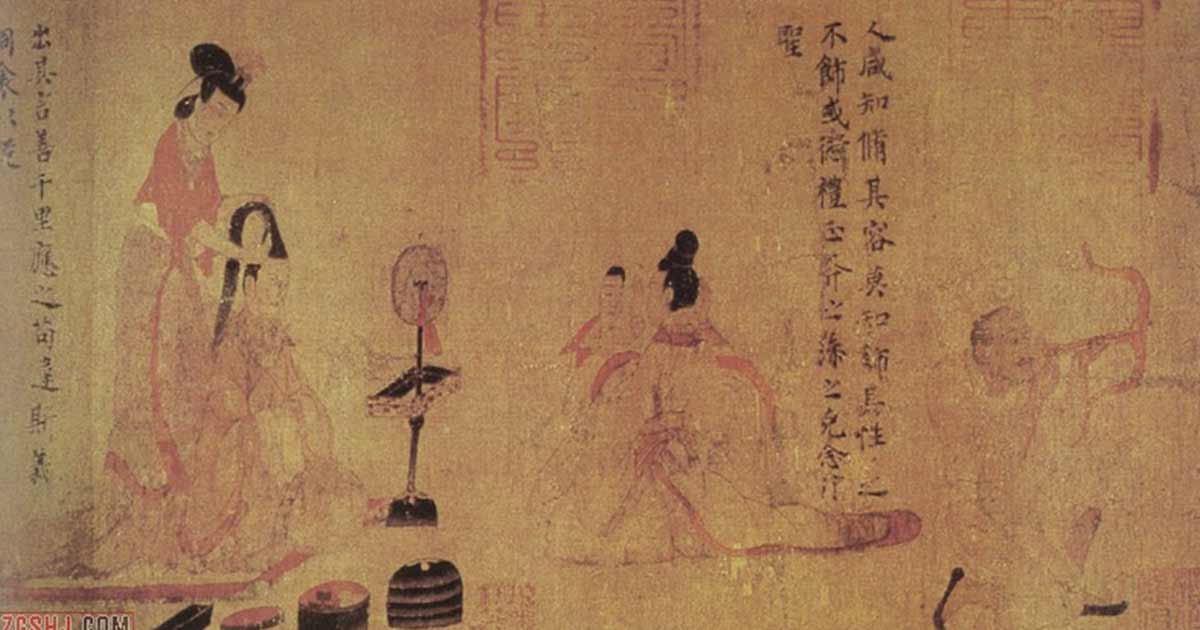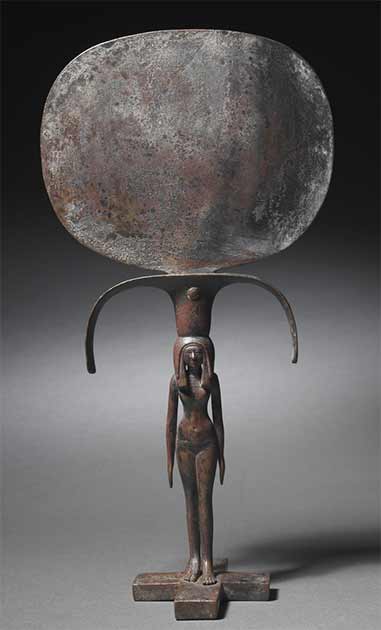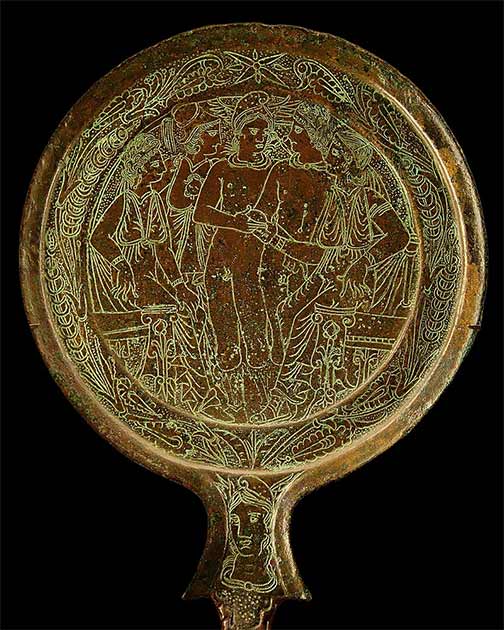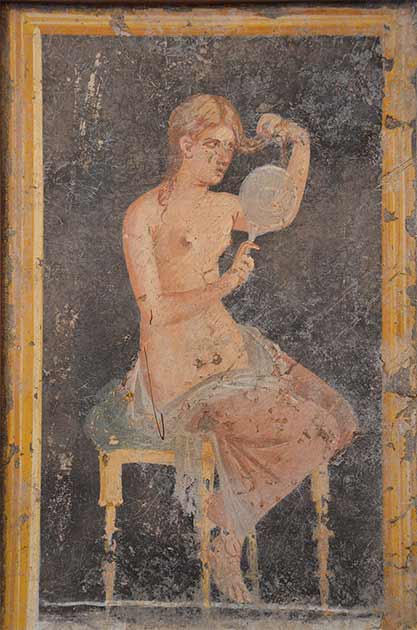
Ancient Asian Technology: Chinese Mirrors And Forerunners Of The X-Ray
Mirrors appear in a wide range of human cultures throughout history. The idea of an image somehow floating, disembodied and separate from the person looking — shining on a piece of polished stone or metal and reflecting the person’s body — certainly is beguiling. Literary and philosophical passages discussing mirrors are found in early Greek, Roman, Chinese, and other sources. Moreover, it is fascinating to note that even centuries ago, the fact that a mirror makes a reflected image led to the concept of a penetrating image — in fact, certain early Chinese sources present devices that are labeled as ‘mirrors’, but that have the power to see inside the human body. While these may be no more than technological speculations on the part of early thinkers, it is curious to see how such technologies are described. These early texts present an imaginative and prescient conception of a device that could function something like an X-ray, illuminating the organs inside a person.

Bronze mirror, New Kingdom of Egypt, Eighteenth Dynasty, (1540–1296 BC) Cleveland Museum of Art (CC0)
Etymology Of Mirror
Throughout human history, human beings have made reflective devices from pieces of polished metal or metal and glass, in cultures in Europe, Asia, Africa, North America, and even remote Siberia. In Western culture, the word ‘mirror’ itself has a complex history. In English it appears in the early 13th century, coming from the Old French term mireor. That term came from the Latin verb mirari, meaning to wonder at, or admire. So, already in Latin, the words for the common mirror and for something special or magical were intertwined. Moreover, Latin had the word speculum, a general term for mirror, but also related to speculatio, a term which had a range of meanings including, watching, contemplation, and speculation. In ancient Greek, the term for mirror was κάτοπτρο and in the 17th century, this led to the peculiar English term ‘catoptromancy’, meaning divination by means of a mirror.
Both literary and archaeological evidence has revealed the existence of metal mirrors in antiquity, most often small, circular, hand-held items, with a highly polished mirrored surface on one side and a decorative scene on the reverse. Ancient sources even refer to ‘trick’ mirrors that yielded enlarged, diminished, or otherwise distorted images.

Etruscan mirror incised with the Judgement of Paris. (Fourth-third century BC) Musée du Louvre (CC BY-SA 3.0)
Roman And Greek References
It is important to highlight the sophistication of ancient sources concerning this technology. One often thinks of earlier cultures as less in tune with the idea of machines, devices, and inventions. One mistakenly believes that only contemporary society really engages with technology and technological ideas. But in fact, it is astonishing to see that even in early sources that are literary or philosophical in nature, there are detailed descriptions of various technical devices. These include mirrors of various kinds. For example, the second-century AD Roman writer Aulus Gellius, in his collection of miscellaneous texts on literary, historical, and philosophical subjects known as Attic Nights, states that: “the science of reflection brings out many surprising things, such as the appearance in one mirror of several images of the same thing; also that a mirror placed in a certain position shows no image, but when moved to another spot gives reflections; also that if you look straight into a [certain type of] mirror, your reflection is such that your head appears below and your feet uppermost”.

Roman fresco of a woman fixing her hair using a mirror, from Stabiae, Italy, (First century AD) (CC BY-SA 2.0)




